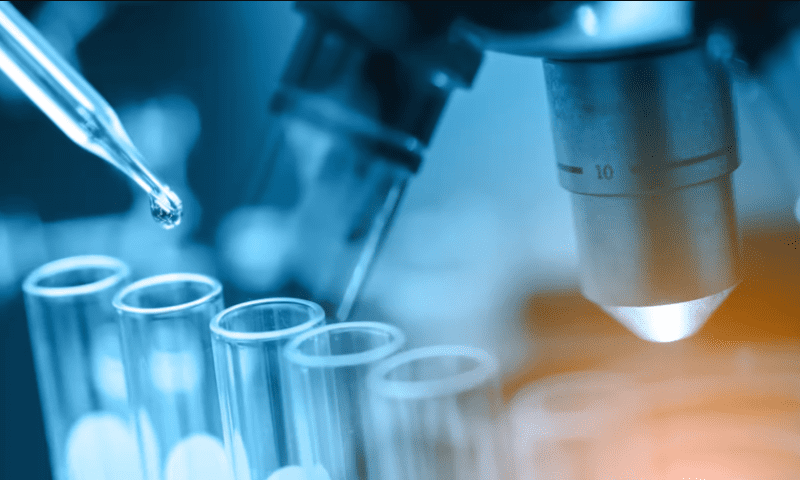Protagonist Therapeutics has failed to persuade investors of its take on a phase 2 ulcerative colitis trial. While the biotech made the case that the low dose was a big success, investors picked out the failure of the high dose as the key finding and sent the stock spiraling downward.
California-based Protagonist sees its gut-restricted alpha-4-beta-7 integrin antagonist PN-943 as an oral challenger to Takeda’s blockbuster ulcerative colitis injection Entyvio, also know as vedolizumab. After initially taking PTG-100 into the clinic, Protagonist switched to its second-generation analog PN-943 in 2020, kicking off the phase 2 IDEAL study in August of that year. Protagonist shared data from the trial late on Monday.
Investors judged the key finding to be buried in the sixth paragraph of Protagonist’s statement. In that paragraph, Protagonist revealed the 450-mg dose failed to beat the rate of clinical remission achieved by placebo, causing the study to miss its primary endpoint. The news sent the stock down 30% to $13.05 in premarket trading.
Yet Protagonist hailed the study as a great success, with CEO Dinesh Patel saying he was “delighted” with the data and setting out plans to move into a phase 3 registrational program. The discordance between the responses of investors and Protagonist reflects their focus on different doses, with the company zeroing in on the lower 150-mg dose to paint the study as a runaway success.
“There was a 16% delta in the bio-naive population, which was statistically significant,” said Scott Plevy, M.D., executive vice president and therapeutic head of gastroenterology at Protagonist. “There was strong concordance with efficacy across multiple key secondary endpoints. Taken together, these results show that PN-943 exerts a gut-restricted mechanism of action in the local tissue environment, and the data is confirmatory of our regular original [target product profile] of vedolizumab-in-a-pill-like efficacy.” The figure comes from an analysis that excluded 10 patients enrolled at sites in Ukraine and Russia because they lacked 12-week data.
Talking to investors on a conference call to discuss the results, Plevy pointed to statistically significant differences in histologic remission and improvement, plus endoscopic improvement, at the 150-mg dose to make the case that PN-943 is efficacious. The narrative needs an explanation for why the higher dose, which would typically be more efficacious, failed.
Protagonist argued the failure of the high dose is the result of an inverse dose response, a phenomenon that has been seen in a clutch of studies since first being observed in a midphase Remicade clinical trial in Crohn’s disease in 1997. To make its case, Protagonist shared data from trials of Takeda’s Entyvio and ontamalimab as well as Eli Lilly’s mirikizumab.
Those trials saw a bell-shaped dose response, with efficacy rising as the dose increased up to a certain point and then falling thereafter. Because Protagonist only tested two doses, it cannot show PN-943 has the same response curve, but it argued the phenomenon explains the failure of the high dose. Having reached that conclusion, Protagonist is planning a phase 3 trial of the 150-mg dose and weighing up how to fund the study.
“This is an asset that at the end of the day at a commercial level belongs in the hands of a large pharma company with much larger and bigger capabilities than Protagonist,” Patel said. “At some stage, we do need to join hands and we will be opportunistic. That will dictate the financing outcome.”

